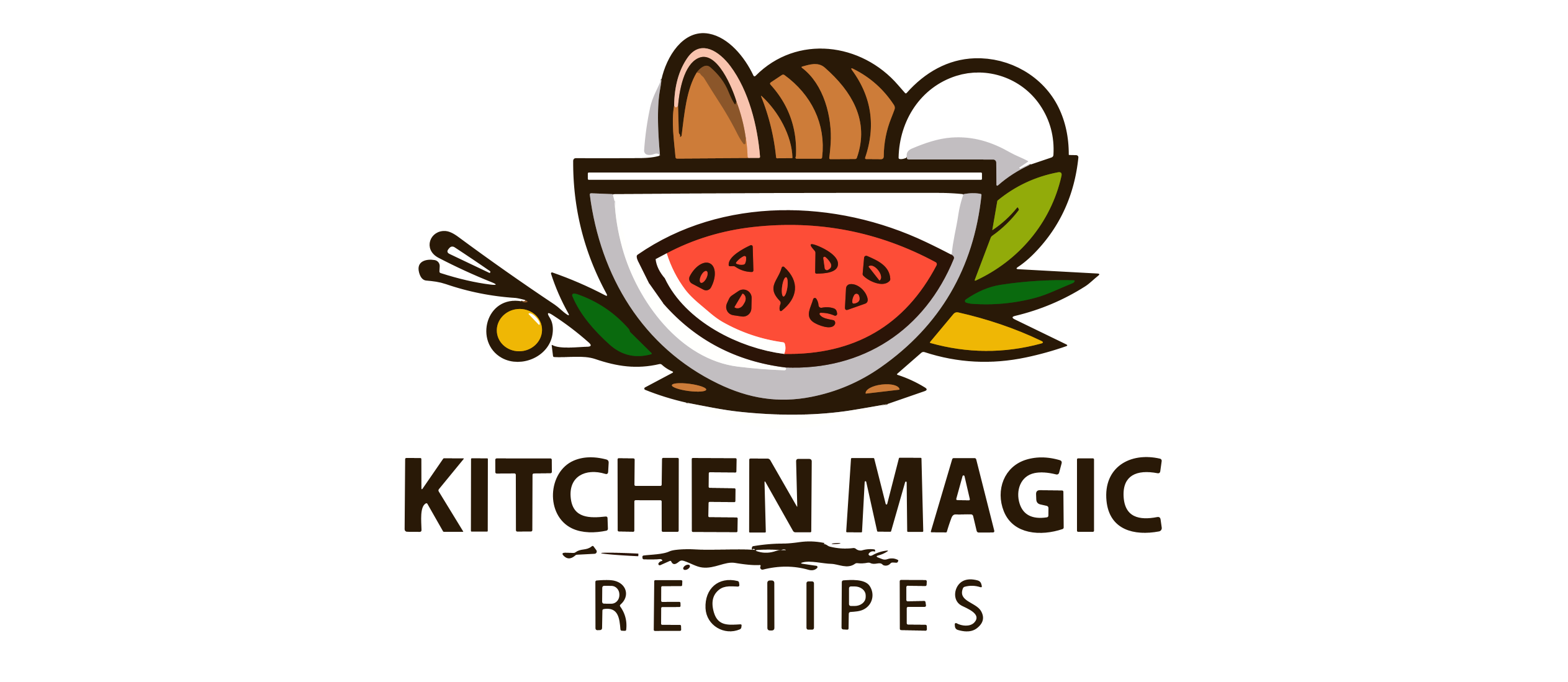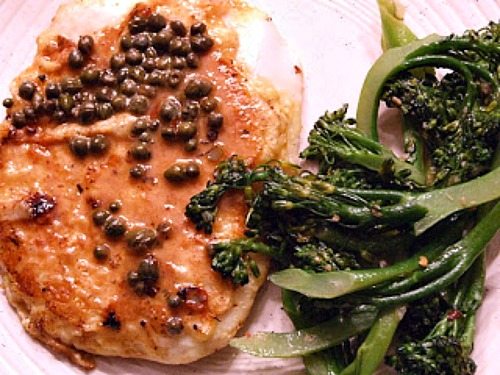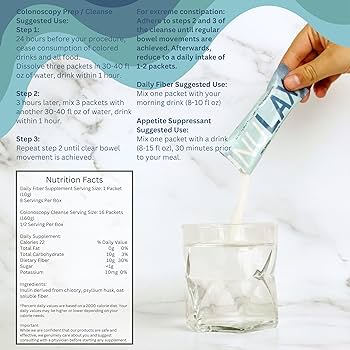Bun Mam Recipe: A Delightful Taste Of Vietnam
Looking for a flavorful Vietnamese dish to satisfy your cravings? Look no further! The bun mam recipe is here to tantalize your taste buds with its vibrant flavors and aromatic ingredients. This traditional dish, hailing from the Mekong Delta region, combines the richness of fermented fish sauce with succulent seafood and fresh vegetables. Craving a comforting bowl of noodles in a flavor-packed broth? This recipe has got you covered. Get ready to immerse yourself in the delightful world of bun mam, where every spoonful will transport you to the streets of Vietnam.
Bun Mam Recipe: A Flavorful Taste of Vietnamese Cuisine
When it comes to Vietnamese cuisine, there are numerous dishes that captivate both locals and visitors alike. One such dish is Bun Mam, a flavorful and aromatic noodle soup that has gained popularity not only in Vietnam but also around the world. This delicious dish is known for its rich broth, tender meat, and a variety of fresh vegetables and herbs. In this article, we will delve into the delightful world of Bun Mam, exploring its history, ingredients, preparation, and serving suggestions.
The Origins of Bun Mam
Bun Mam originated in the Mekong Delta region of Vietnam, where the abundance of fresh seafood inspired the creation of this unique dish. The word “Bun” refers to the rice vermicelli noodles used in the soup, while “Mam” denotes the fermented fish sauce that gives the broth its distinctive flavor.
Traditionally, Bun Mam was a simple peasant dish that incorporated locally available ingredients. Over time, it evolved into a beloved delicacy, enjoyed by people from all walks of life. Today, it is considered a quintessential part of Vietnamese cuisine and is enjoyed in homes, street food stalls, and restaurants across the country.
Ingredients for Bun Mam
The flavorful broth is the heart and soul of Bun Mam. To create this aromatic base, you will need the following ingredients:
- 500g of pork bones
- 200g of dried shrimp
- 2 tablespoons of fermented fish sauce (mam)
- 1 tablespoon of shrimp paste
- 1 tablespoon of sugar
- 1 tablespoon of tamarind paste
- 4 cloves of garlic, minced
- 2 shallots, thinly sliced
- 1 tablespoon of vegetable oil
- 1 liter of water
In addition to the broth, the following ingredients are traditionally used to complement the dish:
- Rice vermicelli noodles
- Sliced pork belly or pork shoulder
- Prawns
- Squid
- Mussels
- Tofu
- Bean sprouts
- Water spinach
- Mint leaves
- Thai basil
- Cilantro
- Green onions
- Sliced chili peppers
- Lime wedges
Preparation Steps
Step 1: Preparing the Broth
- Heat the vegetable oil in a large pot over medium heat. Add the minced garlic and sliced shallots, and sauté until fragrant.
- Add the pork bones and dried shrimp to the pot, and cook until the meat is lightly browned.
- In a separate bowl, mix the fermented fish sauce, shrimp paste, sugar, and tamarind paste with a splash of water to create a paste.
- Add the paste to the pot and stir well to combine with the meat and shrimp.
- Pour in the water and bring the mixture to a boil. Reduce the heat to low and simmer for at least 1 hour, allowing the flavors to meld together.
- After simmering, strain the broth to remove any impurities, bones, and shells, resulting in a smooth and clear broth.
Step 2: Cooking the Noodles and Proteins
- Cook the rice vermicelli noodles according to the package instructions. Rinse with cold water and set aside.
- If using pork belly or shoulder, thinly slice the meat and cook it in a separate pan until browned and cooked through. Set aside.
- Cook the prawns, squid, and mussels in the broth until they are cooked, then remove them and set aside.
- If using tofu, slice it into cubes and fry until golden brown.
Serving Suggestions
Bun Mam is traditionally served as a DIY dish, allowing each person to customize their bowl according to their preferences. Here are some serving suggestions:
- Place a portion of cooked rice vermicelli noodles in a bowl.
- Add the desired proteins, such as sliced pork, prawns, squid, mussels, or tofu.
- Top with bean sprouts, water spinach, mint leaves, Thai basil, cilantro, and green onions.
- Garnish with sliced chili peppers and a squeeze of lime juice for an extra kick.
- Pour the hot broth over the ingredients in the bowl, ensuring everything is immersed.
- Allow the flavors to meld together for a few minutes before diving in with chopsticks and a spoon.
For those who prefer a spicier kick, additional chili sauce or fermented shrimp paste can be added to enhance the flavors. It is common to serve Bun Mam with a side plate of fresh herbs and vegetables, allowing diners to add more if desired.
Bun Mam, with its flavorful broth and variety of proteins and vegetables, offers a tantalizing taste of Vietnamese cuisine. Whether enjoyed at a street food stall or prepared at home, this dish showcases the unique flavors that define Vietnamese cooking. By following this recipe, you can recreate the essence of Bun Mam and savor the fragrant delights of this beloved noodle soup.
Bún Mắm – Vietnamese Seafood Gumbo Recipe | Helen's Recipes
Frequently Asked Questions
What is bun mam?
Bun mam is a traditional Vietnamese dish that consists of rice vermicelli noodles served in a flavorful and aromatic soup made from fermented fish paste. It is usually garnished with various ingredients such as shrimp, pork, fish, vegetables, and herbs.
What are the key ingredients used in making bun mam?
The key ingredients in making bun mam include fermented fish paste (mam tom or mam ca sac), pork, shrimp, fish (often snakehead fish), rice vermicelli noodles, vegetables (such as bean sprouts and water spinach), herbs (such as cilantro and mint), garlic, chili, and lime.
How do I make bun mam at home?
To make bun mam at home, you will need to prepare the broth by simmering fermented fish paste with water, pork bones, and various aromatic herbs and spices. Once the broth is flavorful, strain it and assemble the dish by placing cooked rice vermicelli noodles in a bowl and topping them with blanched vegetables, cooked shrimp and pork, and ladling the hot broth over everything. Garnish with herbs, chili, and lime before serving.
Can I substitute the fermented fish paste in bun mam?
While fermented fish paste is a crucial ingredient in bun mam as it gives the dish its distinct flavor, if you cannot find it, you can try using other fermented seafood pastes like shrimp paste (mam ruoc) or fish sauce (nuoc mam) as a substitute. However, keep in mind that the taste of the dish may vary.
Is bun mam a spicy dish?
Yes, bun mam can be spicy depending on your preference. The level of spiciness can be adjusted by adding more or fewer chili peppers or chili sauce to the broth. Feel free to customize the spice level to suit your taste.
Can I make bun mam vegetarian or vegan?
Yes, it is possible to make a vegetarian or vegan version of bun mam by omitting the meat and seafood components. You can use vegetable or mushroom broth as a base and add tofu or tempeh as protein substitutes. The flavor can be enhanced by using vegetarian fish sauce or soy sauce. Additionally, you can add a variety of vegetables and mushrooms for texture and taste.
Final Thoughts
The bun mam recipe is a delightful dish that tantalizes the taste buds with its rich flavors and aromatic ingredients. This Vietnamese specialty features a flavorful broth made from fermented fish sauce, shrimp paste, and various spices. The addition of succulent seafood, tender meats, and fresh vegetables creates a harmonious blend of textures and tastes. Whether you’re a fan of traditional Vietnamese cuisine or looking to broaden your culinary horizons, the bun mam recipe is a must-try. Elevate your cooking skills with this unique and delicious dish that is sure to impress both family and friends.




